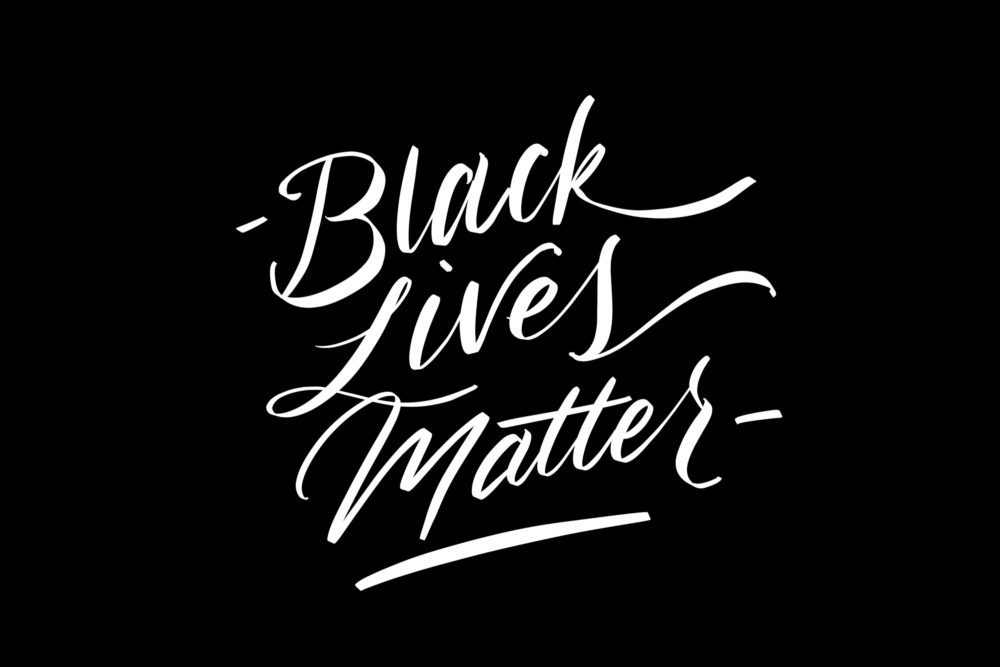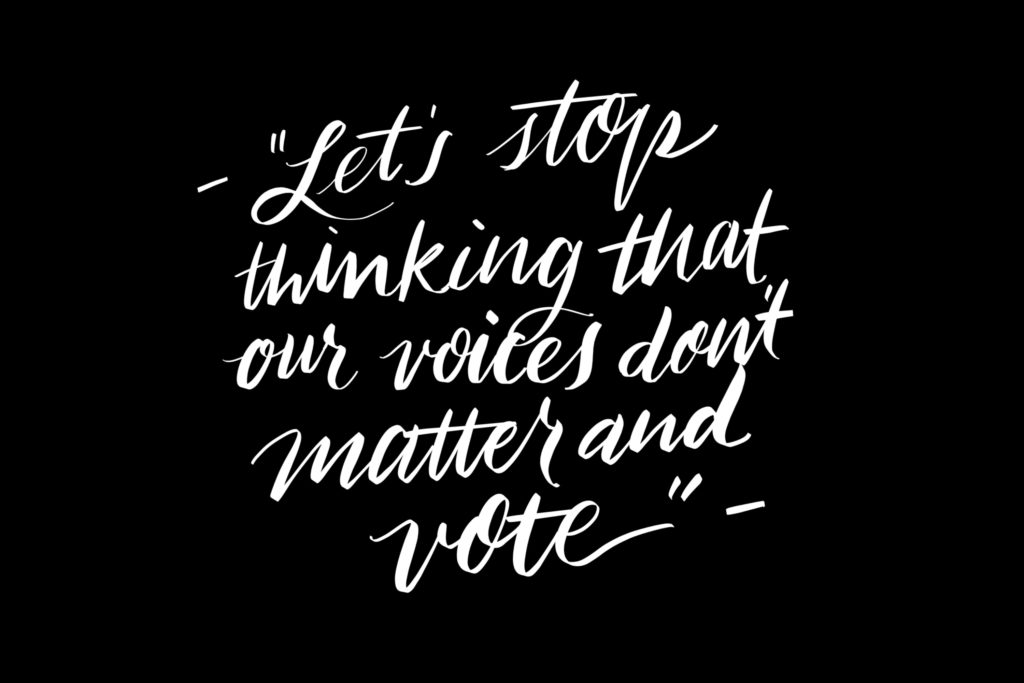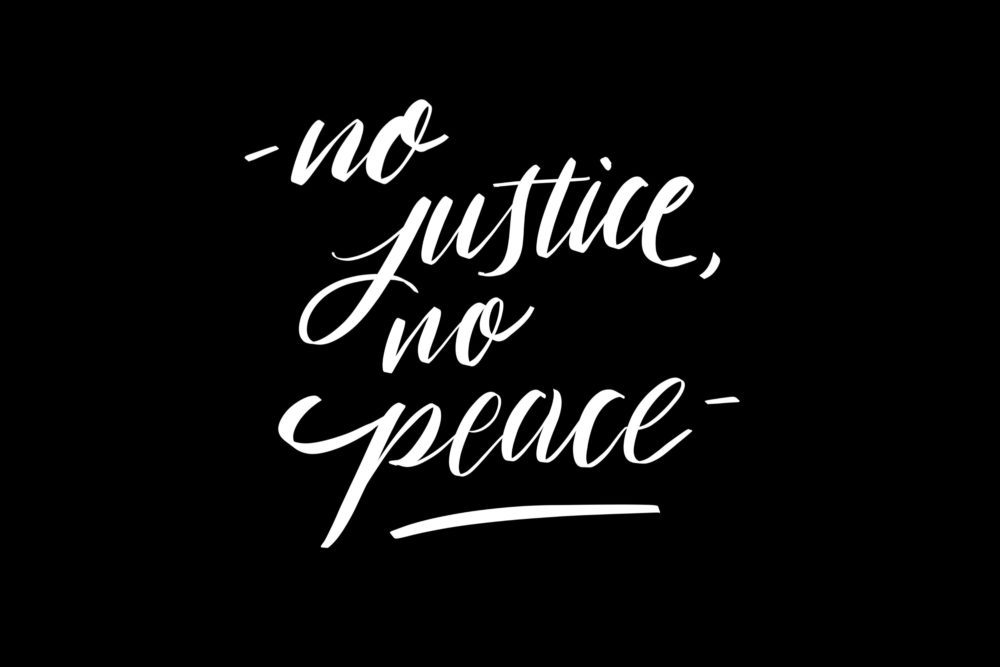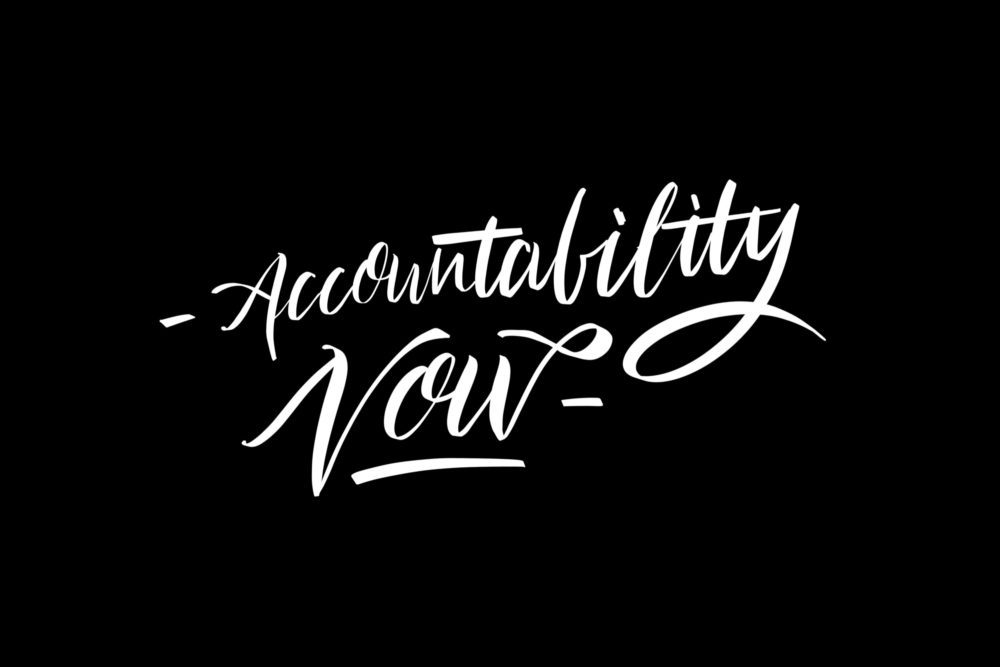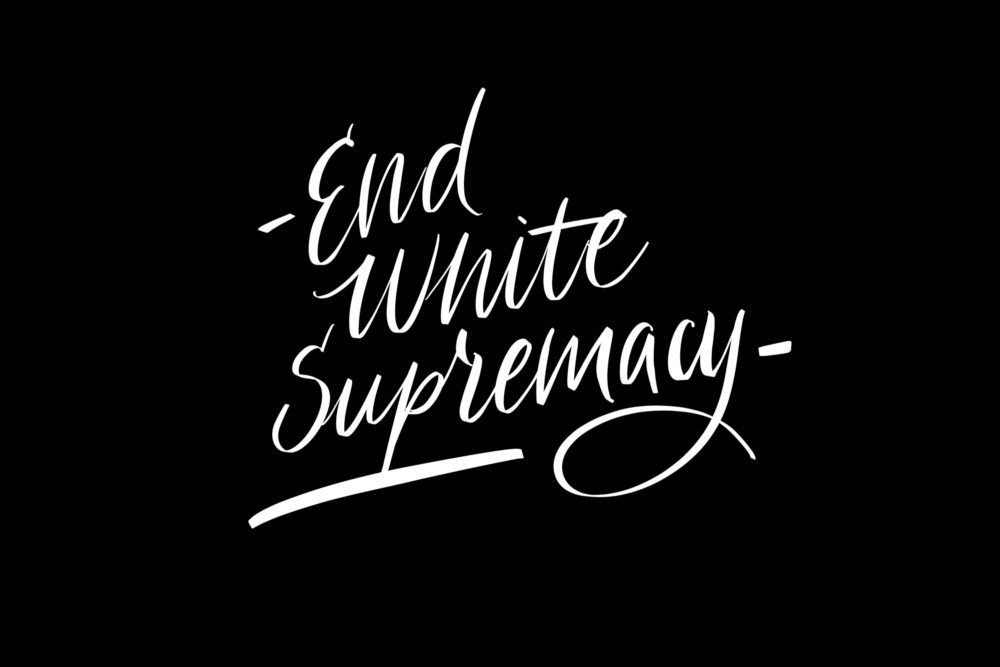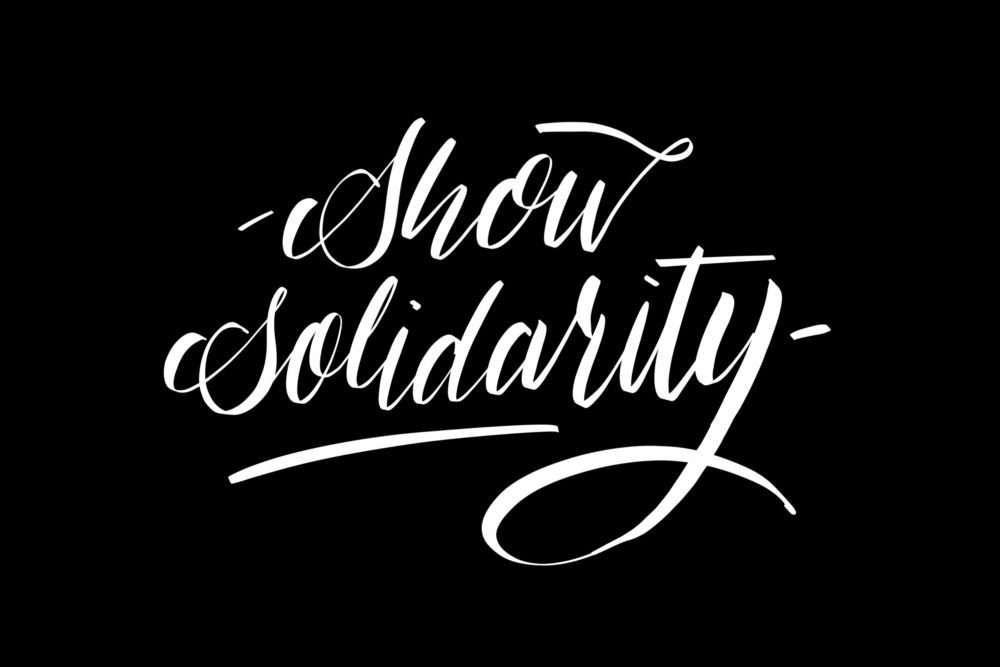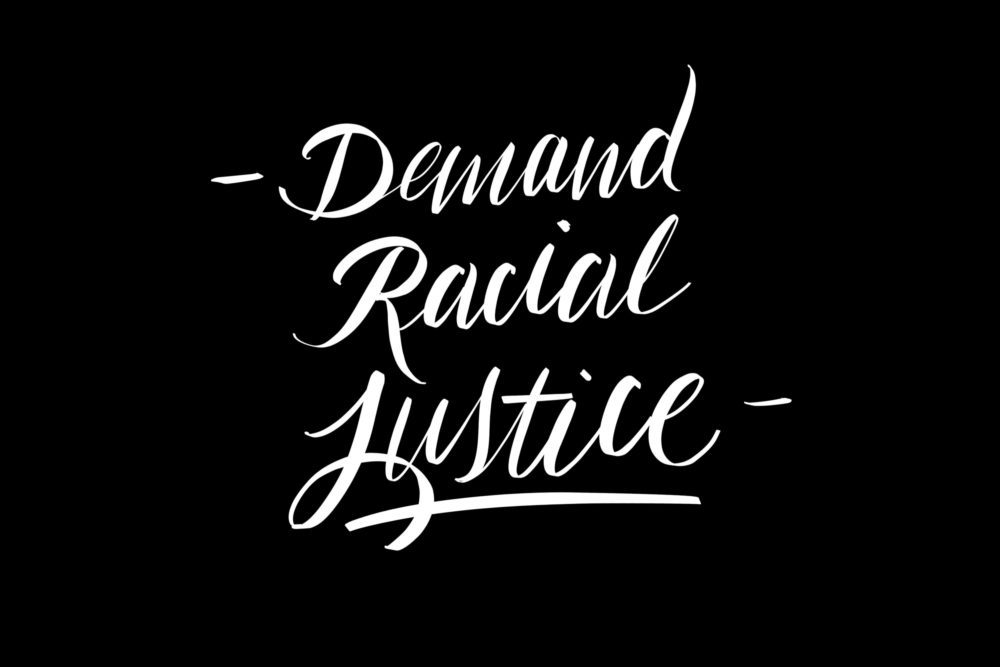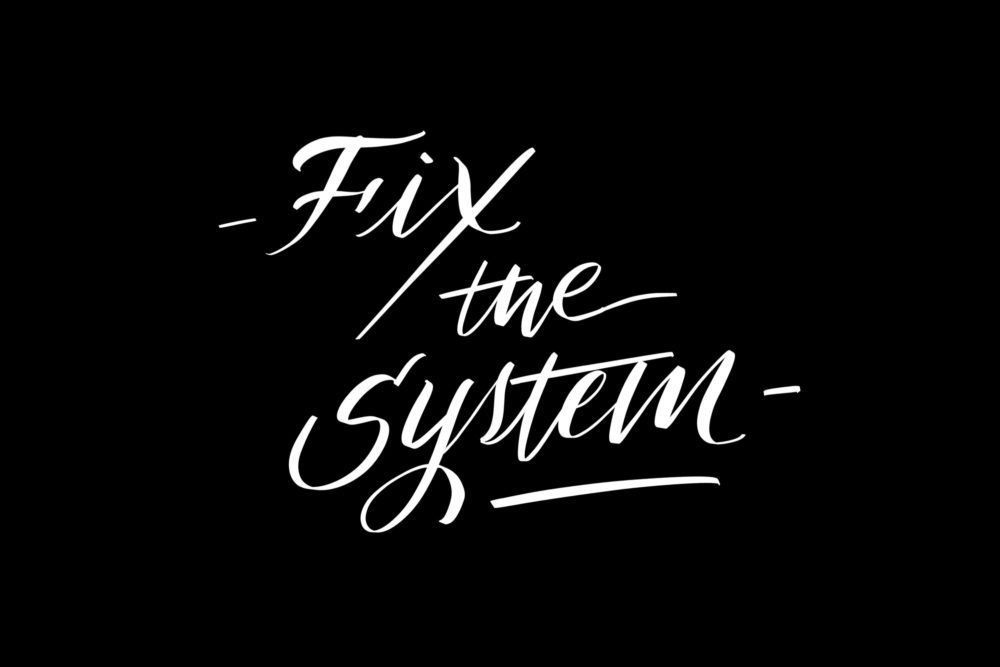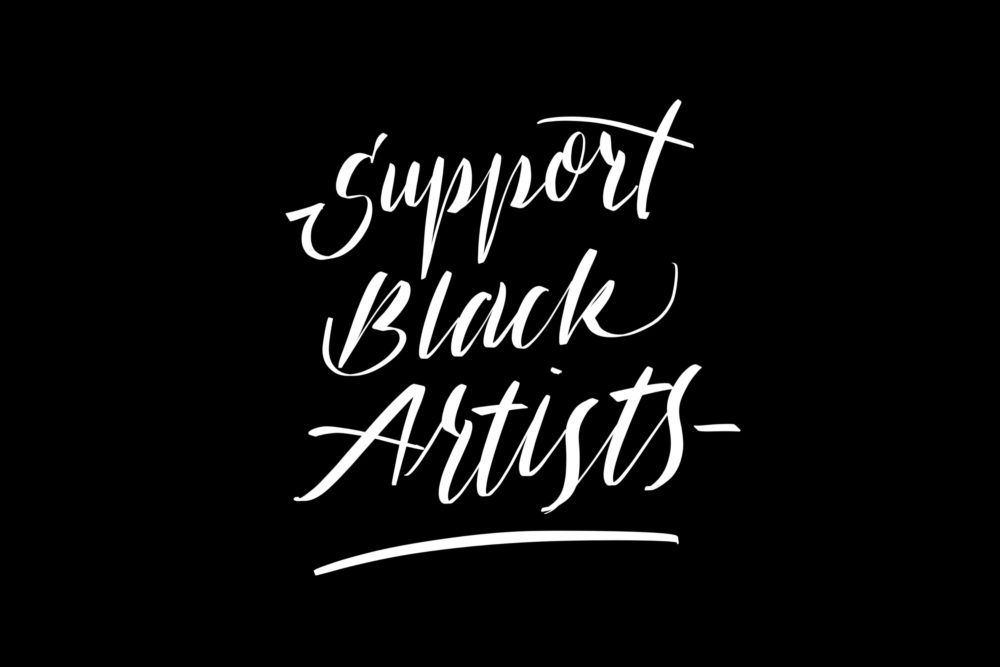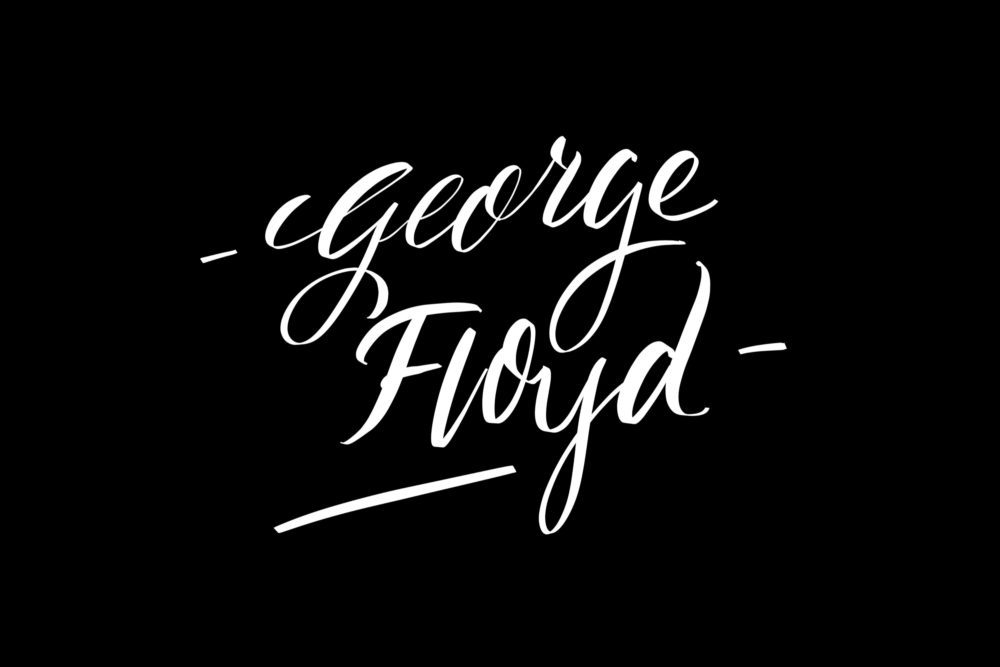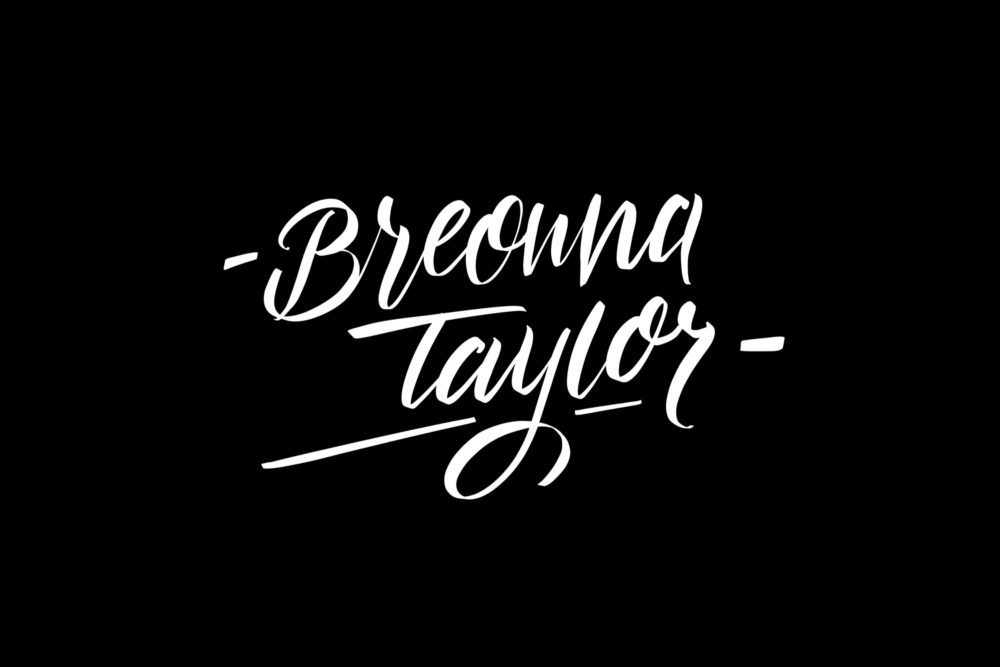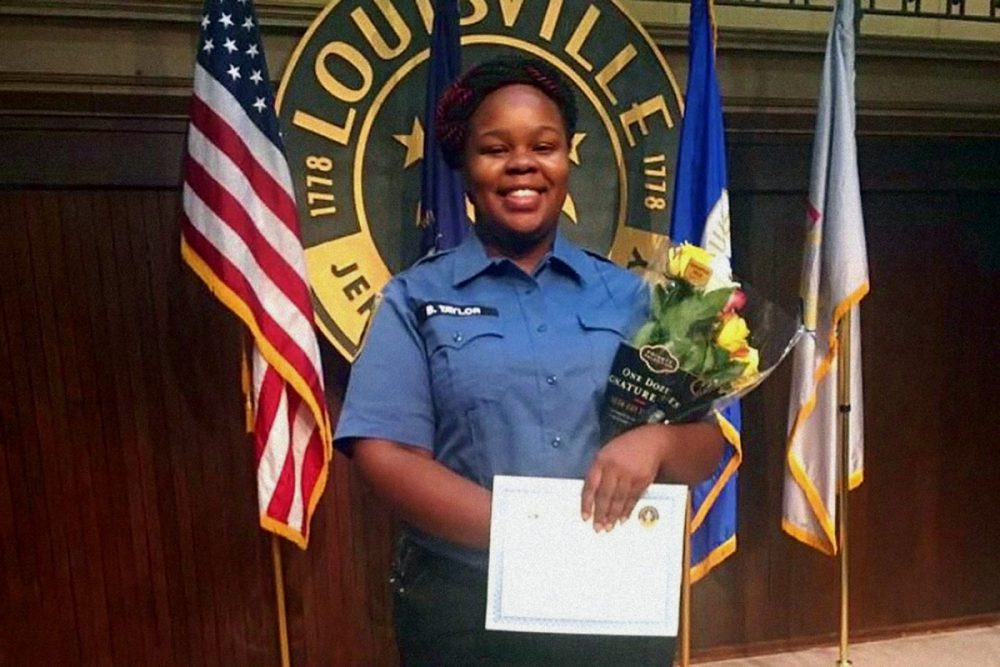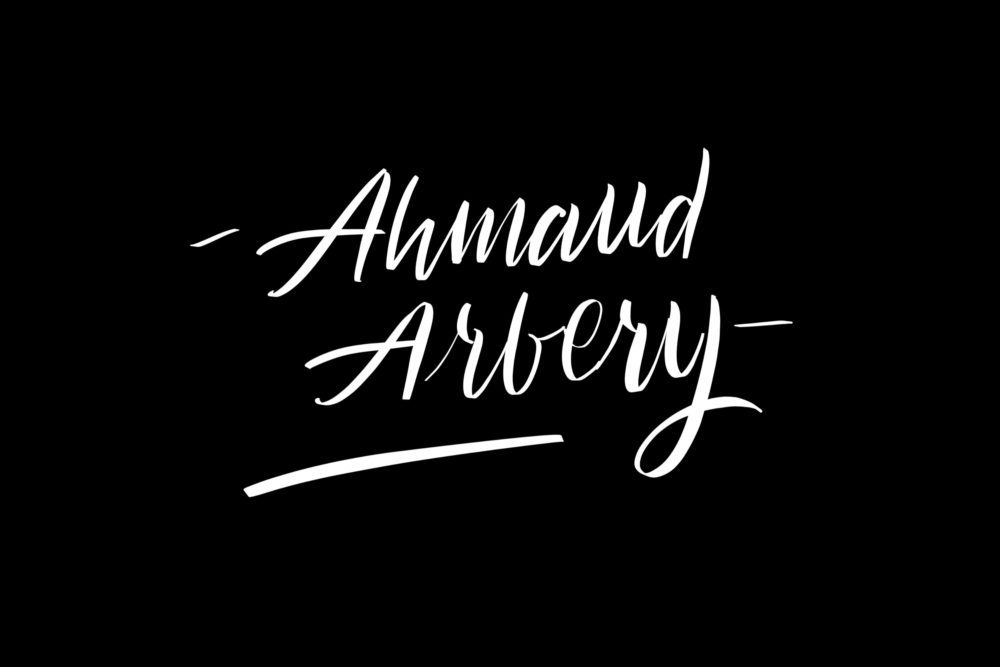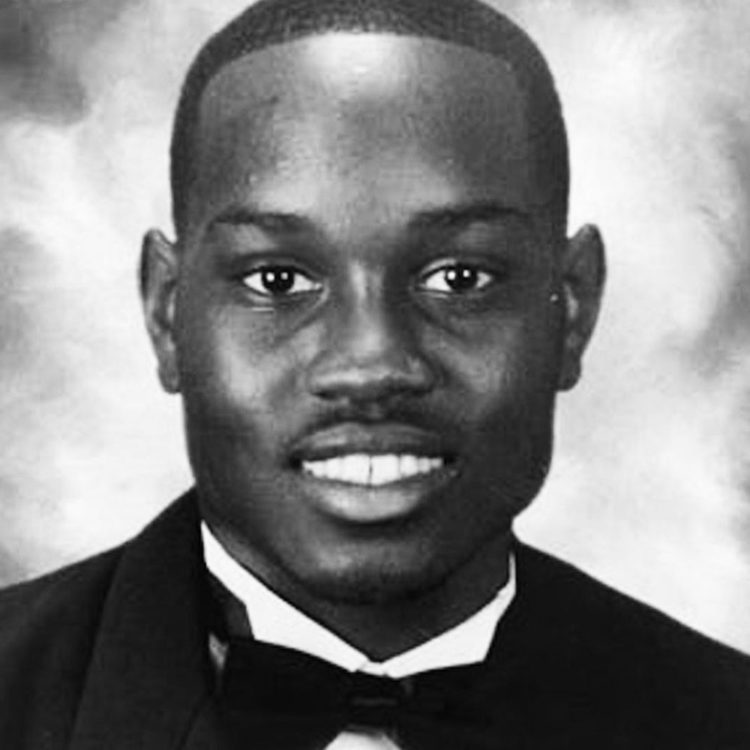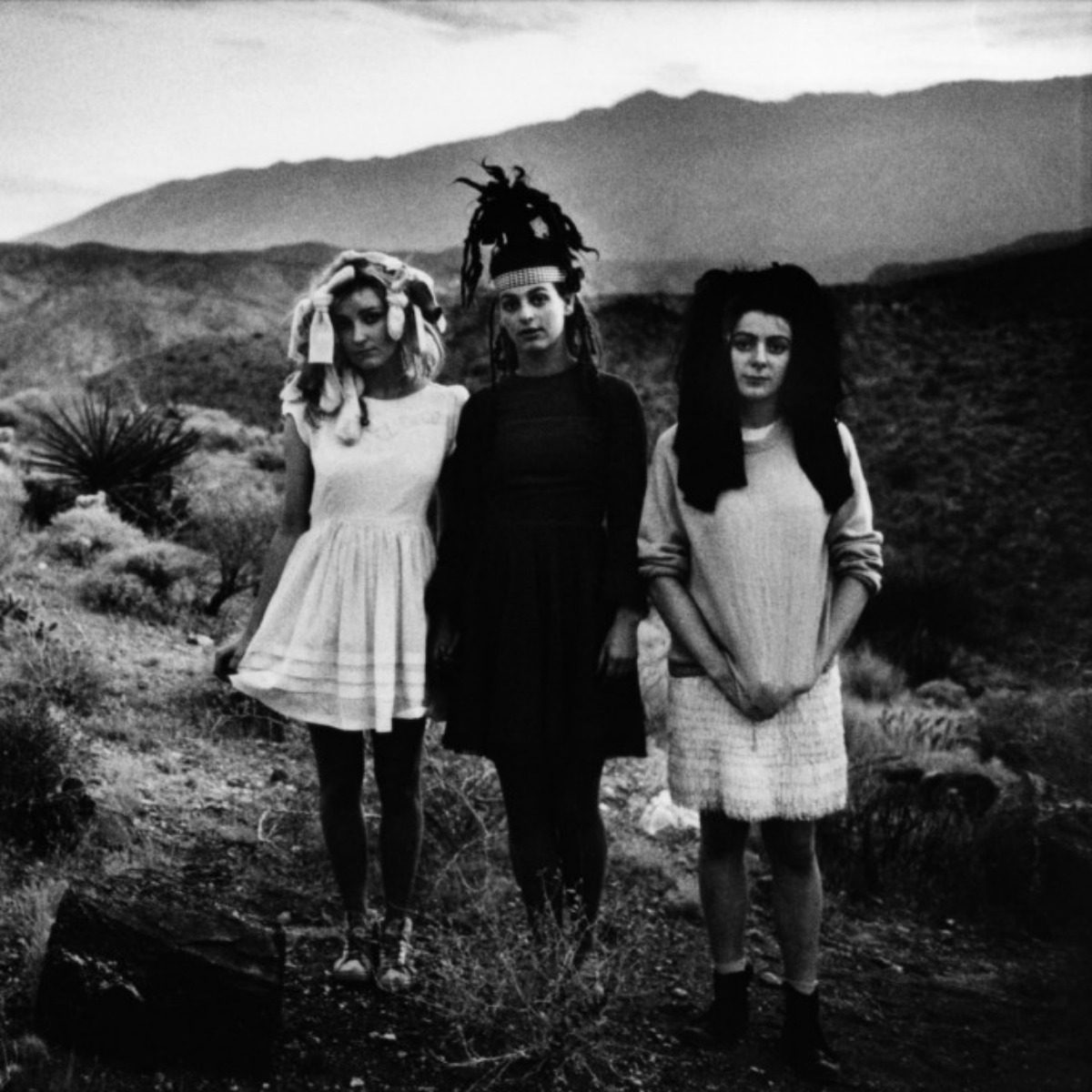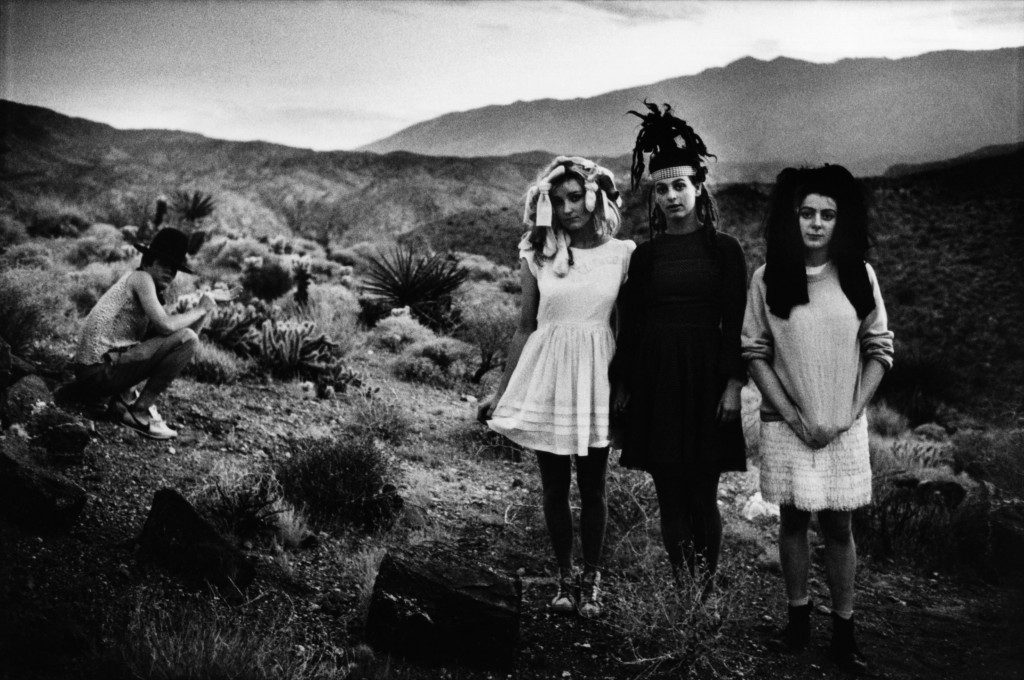Madelyn Grant Finds Her “Purpose” on Motown-Indebted Debut EP
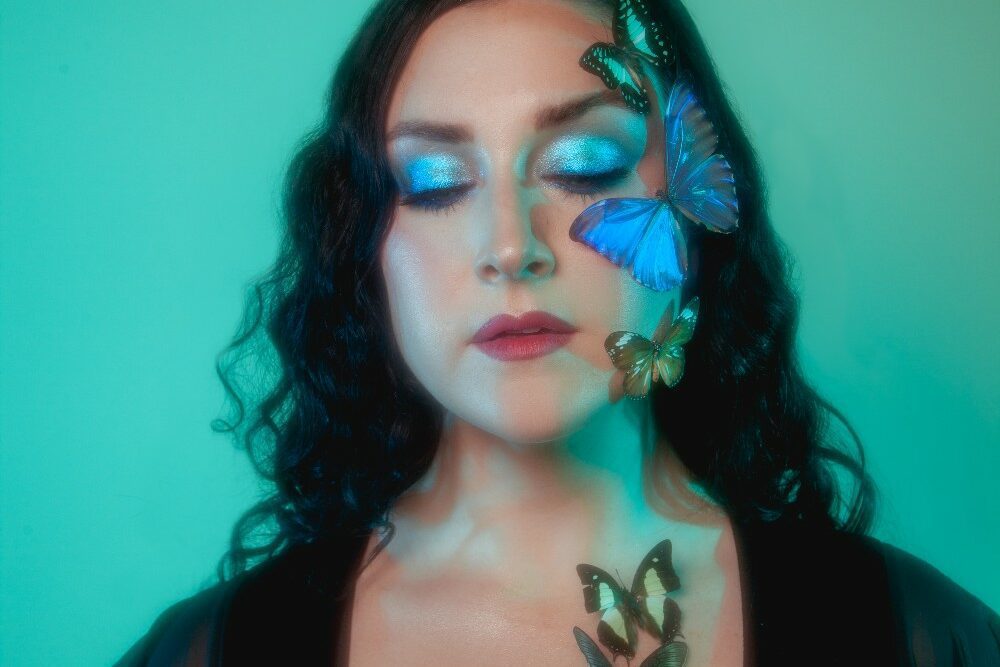

If you haven’t heard neo-soul artist Madelyn Grant’s name before, there’s a chance you’ve heard her voice. From being featured on tracks with huge EDM artists like Odesza and FKJ to a short stint on NBC’s The Voice back in 2019, Grant has been dipping her toes into the deep end of the music industry for at least half a decade. And although these experiences served as great learning opportunities for Grant, they didn’t allow her to do the one thing she felt was most important – telling her own story. On her bombshell of a debut EP, Purpose, Grant trades in catchy toplines for deeply personal, soulful songs focusing on growth, reflection and the meaning of life.
“Ultimately, the EP is about transformation,” explains Grant. “What I went through when I wrote and recorded all these songs was an immense period of change… it was a pretty tumultuous time.” She started writing some of these songs right after graduating from the University of Michigan and coming off of a nationwide tour with electronic artist Emancipator. She went from singing to crowds of up to three thousand people to being back in Michigan, broke and wondering what her next move was. And so the transformation began.
Grant’s experience with songwriting left her with mixed feelings about the music industry. Although she had been featured on songs that had hundreds of millions of streams, she didn’t feel that they represented who she was as an artist. She was getting dozens of emails a week from A&R reps asking her to write for other artists, when the real story she wanted to tell was her own. But she didn’t quite know what form it would take. “I wanted to figure out what my voice sounded like,” says Grant. “What does a Madelyn Grant melody sound like? What is my style? What am I trying to say?”
Sonically, Purpose is a mosaic of Grant’s most formative influences – Stevie Wonder, Aretha Franklin and Marvin Gaye. She refers to these artists as her “big three” in terms of the musical impact they had on her. Growing up in a suburb of Detroit, Grant says her dad was always playing the Motown greats around the house or in the car and that they played a huge role in her journey to finding her voice. It’s easy to hear remnants of Wonder in Grant’s buoyant melodies – especially in the opening line of the EP’s title track.
In perfectly controlled falsetto, Grant poses the question: “How do you measure/Happiness and pleasure?” And answers her own question with the refrain, “Let me take one guess/You base it off success.” Grant explains that her definition of success has changed over the years, molding to fit what makes her happy versus trying to match expectations set by others. “You have to forge your own path,” she says. “Every artist does it. No musician or artist has the same path to what they want to achieve and success isn’t determined around what other people say it is, it’s what you want it to be.”
Part of Grant’s path was a period of immense struggle and emotional turmoil, eventually manifesting itself in this body of work. “I’m thinking back to what I was going through when I wrote all these songs, and it was a lot of really heavy stuff,” Grant muses. “I was in my mid-twenties and I just felt like there were parts of adulthood that I wasn’t really equipped to face, or parts of me recognizing I was struggling with my mental health… it was a lot of struggle but in the end, there’s something beautiful.” She likens the process of writing the record to the journey of a caterpillar to a butterfly, which is why all of the album art contains butterfly imagery.
Grant’s metamorphosis is narrated throughout the record, from feeling cocooned and stationary in “Can’t Get Out,” to eventually breaking out of limiting mindsets and patterns in “Reasons.” And while there’s an apparent wanderlust to Grant’s lyrics in both of these songs, she explains that being in Detroit the past few years to record and release this EP has felt right. “It does really feel special to put out that music here,” says Grant, “because when I wrote it, that’s what I was really inspired by. It just feels like it’s at home here.”
Wherever Grant goes next, Purpose assures us that it will be on her terms, with her voice, telling her story. It’s a triumphant, uplifting EP centered on rebirth and self-reliance, reminding us that we are all the authors of our own fate.
Follow Madelyn Grant on Facebook and Instagram for ongoing updates.

